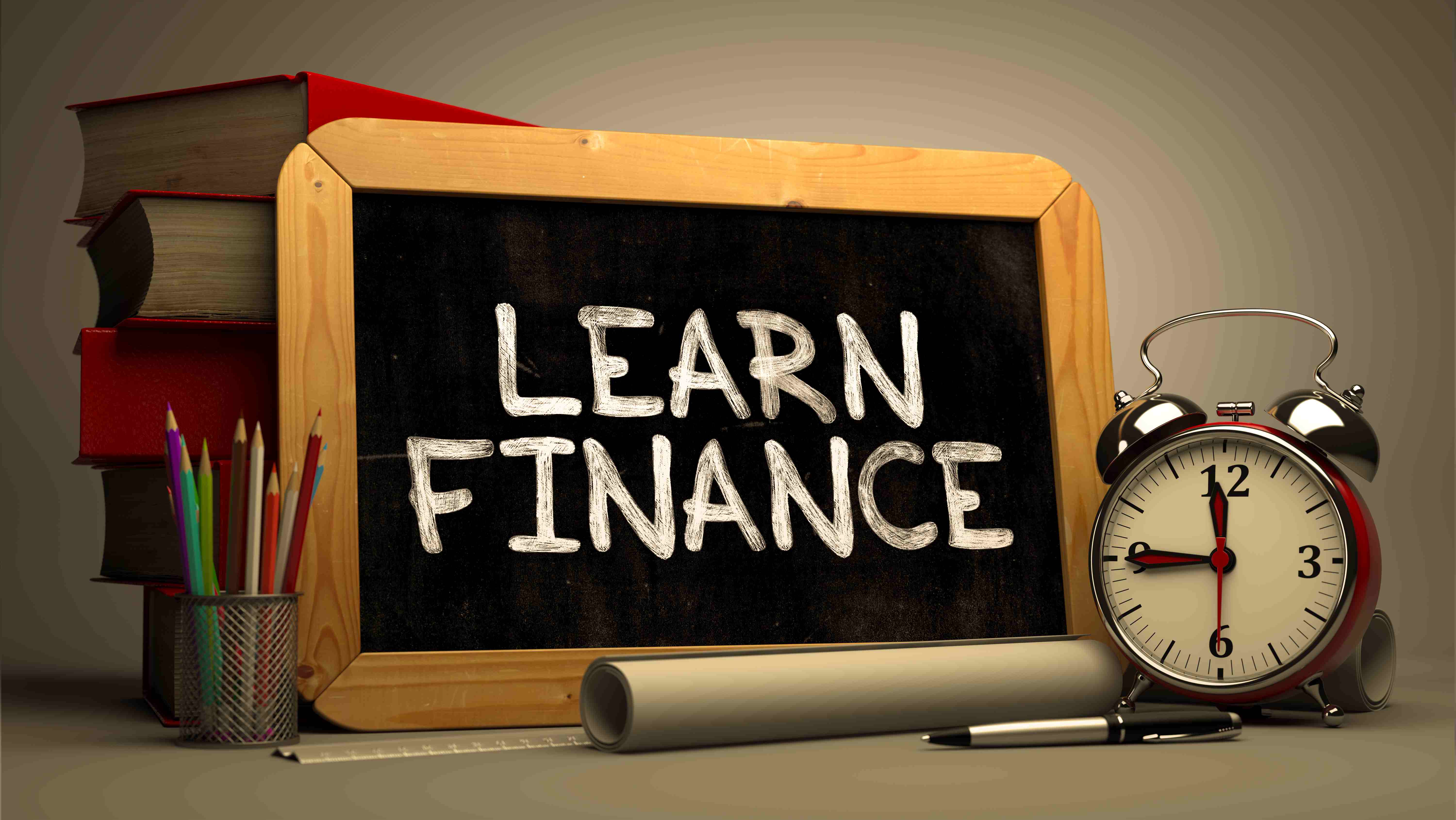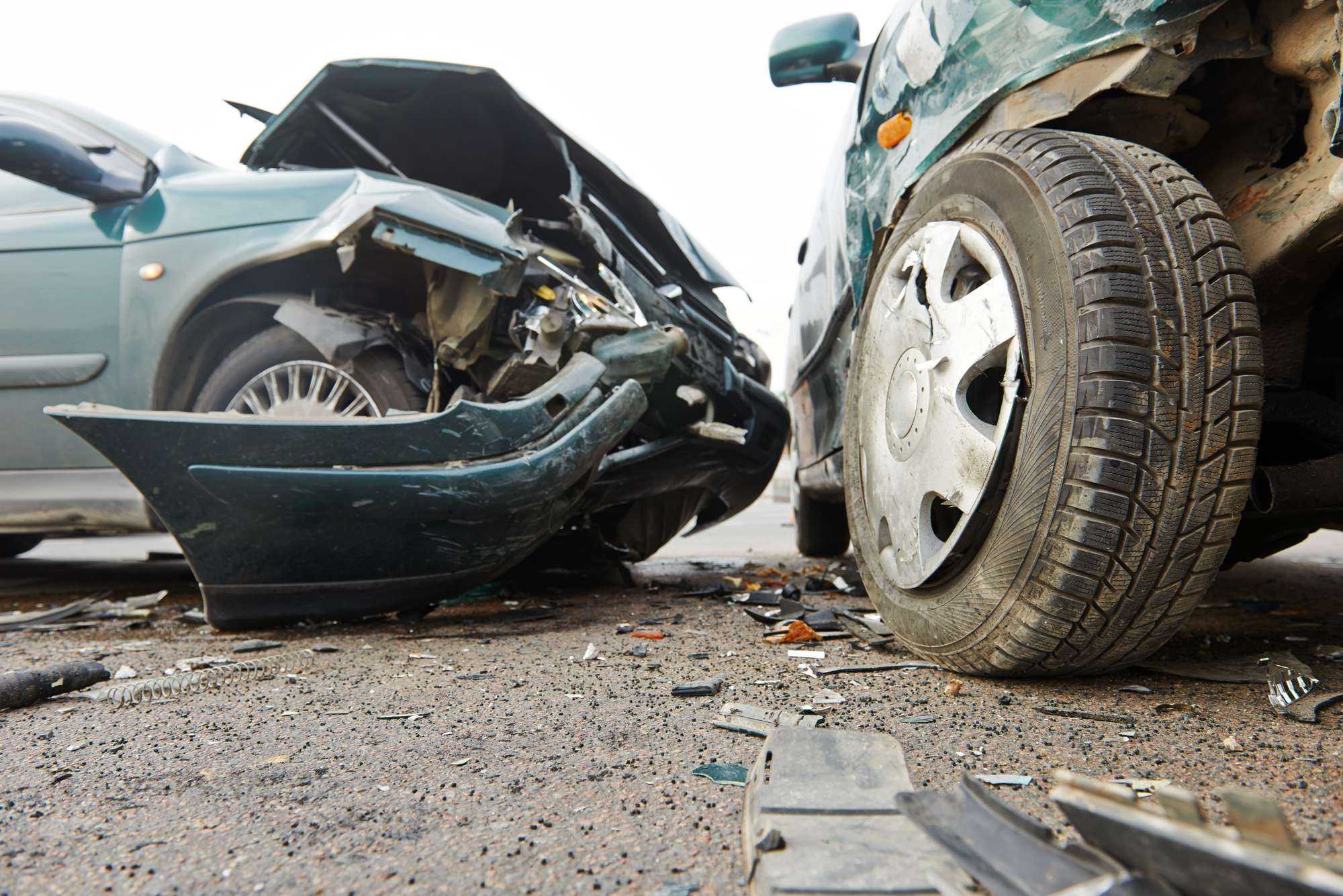BY ANDREW STEWART
At the end of my previous article “I was financially illiterate for years – are you? Part#1” we were going over signs that could help identify if you might be suffering from financial illiteracy. Financial illiteracy is a plague that has infected the majority of Canadians. You can’t go online or watch TV without reading or hearing about the importance of preparing for retirement. You see commercials about getting out of debt or how to pay for rising health care costs through insurance. As people with common sense we all know the impact of financial illiteracy can have on our lives.
The news isn’t all bad though; this January BMO Financial Group announced the findings of its annual Registered Retirement Savings Plan (RRSP) study, revealing that the amounts Canadians are holding in their RRSPs has increased. The average amount held in RRSPs nationally is $101,155, a 21% increase from 2016 ($83,635). With Ontario being the second highest at $120,024, I like posting these findings because it can help people reach for a target and reach beyond it.
Also on a positive note, we are living longer and longer. The downside to that is that we will have to stretch our dollars further and further. In a study done by CIBC, millennials aged 18 to 34 believe they’ll need to have saved $917,000 for retirement, versus $842,000 for Generation X members aged 35 to 54. Baby Boomers aged 55 or older told CIBC they will need just $518,000.
Ok let’s revisit some other signs that show financial illiteracy.
You avoid looking at your account balances or bills.
The feeling of being scared when you check your account balances or bills can be horribly debilitating. This can point to not being in control of your money. You probably have a sense of how much income you make each month, but haven’t been honest with yourself about what you spend it on. This can mean that when it is time to pay your bills or check in on how much money you have to pay for your needs, you might not have enough. All of this makes opening those envelopes or logging into accounts frightening (and rightly so!). Today most banks offer a spending app to assist you in tracking your spending in categories.
You find it difficult to educate your children about money.
Parents today feel it is important to talk to their kids about everything – religion, politics, sex, drugs, bullying you name it. But money is often still not discussed. It’s not because parents are afraid of the subject, rather, they don’t know what to say. I would say 9 out of 10 parents feel it is extremely important that their kids grow up with good financial habits and agree they should be the ones teaching their children these habits.
Teach kids financial habits from an early age, like the value of spending money, saving for the future, and giving to charity. Children learn by observing a parent’s behavior and through their own experiences. That’s why it’s important to make sure your children are treating money the right way, from allowances and birthday money to cash they will one day earn babysitting or mowing lawns.
You don’t have life insurance or cancelled your policy to pay other bills.
There’s no good excuse for neglecting this financial step. We all make excuses from time to time when we fail to do something we know we should do. Acquiring enough life insurance is one of the most important components of sound financial planning. You probably enjoy talking about investing, seeing your money grow, buying homes and cars, sending children to college, having enough to retire comfortably — but all of that is built on one basic assumption: that you will be alive to do and enjoy these things.
But what if you’re not? Approximately 31% of Canadians don’t have any type of life insurance. The majority of Canadians consider life insurance an important factor in their financial plans, but when money is tight, insurance premiums are one of the first things to hit the chopping block.
I encourage you to focus on financial literacy, both for yourself and your kids.


 Community News2 weeks ago
Community News2 weeks ago
 Community News2 weeks ago
Community News2 weeks ago
 Community News2 weeks ago
Community News2 weeks ago
 Community News2 weeks ago
Community News2 weeks ago
 Community News2 weeks ago
Community News2 weeks ago
 Community News2 weeks ago
Community News2 weeks ago
 Junior Contributors6 days ago
Junior Contributors6 days ago
 The Poetic Word6 days ago
The Poetic Word6 days ago
























